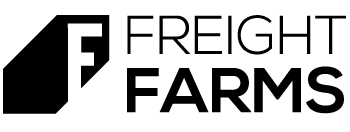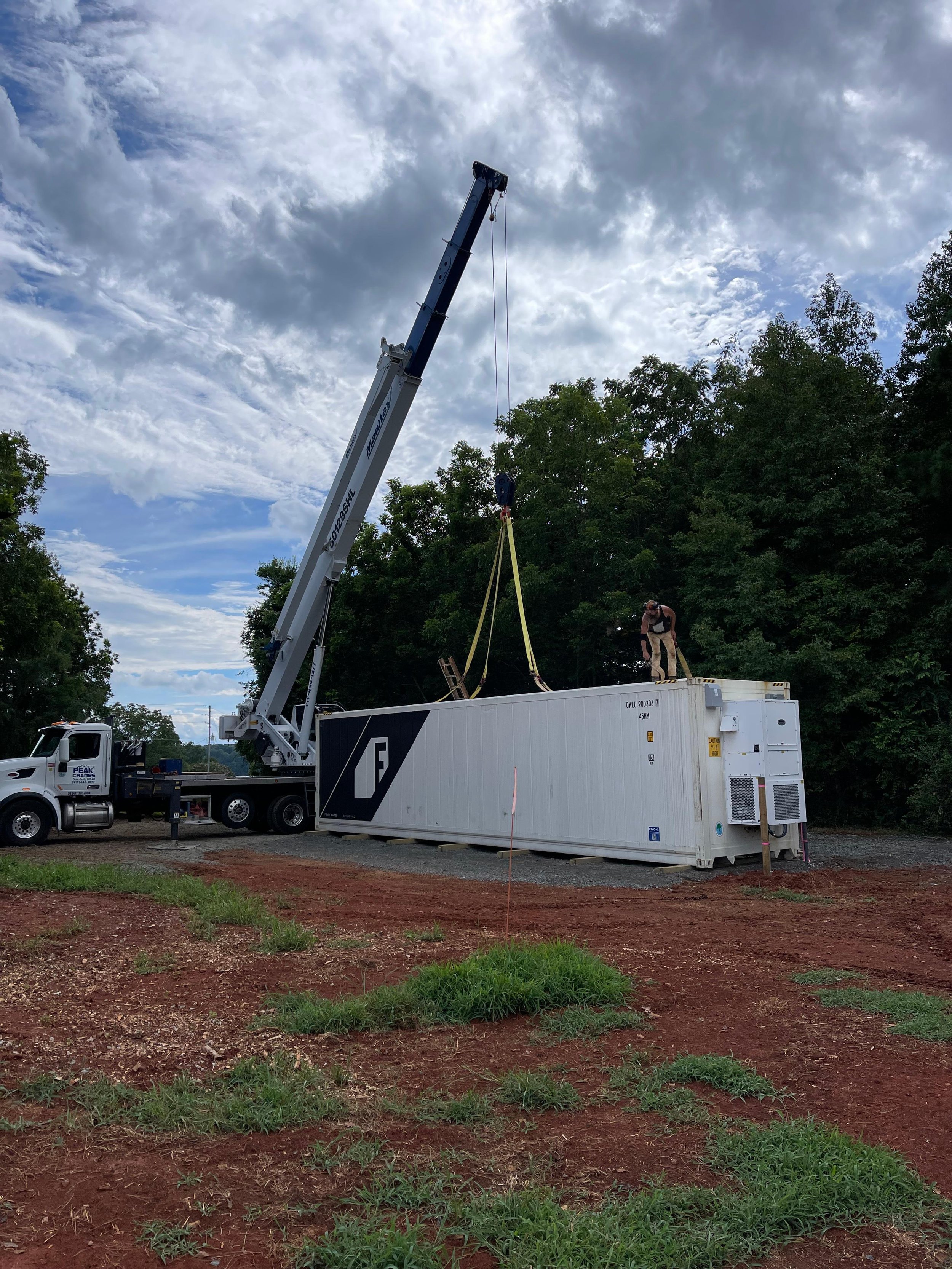Transforming Vertical Farming with the Greenery™
Vertical farming is revolutionizing how we grow food, offering solutions to challenges like land scarcity, water shortages, and the demand for fresh, local produce. Freight Farms' Greenery exemplifies this innovation, turning a standard 320 sq. ft. shipping container into a high-tech, efficient, and scalable farming solution.
What is vertical farming?
Vertical farming is the practice of growing crops in stacked layers, often integrated with controlled-environment agriculture (CEA). Unlike traditional farming, which requires vast horizontal land, vertical farming uses innovative techniques like hydroponics to grow plants upward. This approach minimizes land use, conserves water, and allows for year-round production in urban and rural areas alike.
The Greenery: Maximizing Space with Vertical Farming
The Greenery™ is divided into two main sections:
Nursery Station: Here, seeds germinate and develop into seedlings. This area uses horizontal troughs to support young plants, ensuring they receive optimal light and nutrients during their initial growth stages.
Cultivation Area: Once seedlings mature, they are transferred to vertical plant panels. The Greenery houses 88 individual plant panels, organized into four rows. This vertical arrangement allows for the cultivation of thousands of plants simultaneously, optimizing space and enhancing productivity.
Benefits of Vertical Farming in the Greenery
Space Efficiency: By growing crops vertically, the Greenery™ maximizes the use of limited space, making it ideal for urban environments or areas with restricted land availability.
Year-Round Farming: The controlled environment within the Greenery™ enables consistent crop growth throughout the year, regardless of external weather conditions.
Resource Conservation: Utilizing hydroponic systems, the Greenery™ reduces water usage compared to traditional farming methods. Additionally, the closed-loop system recycles water and nutrients, minimizing waste.
Scalability: The modular design of the Greenery™ allows for scalability, enabling farmers to expand operations by adding more units as needed.
Environmental Impact: With reduced transportation needs and fewer resources consumed, vertical farming supports sustainable food systems.
How to Get the Most Out of Vertical Farming
To ensure a thriving vertical farm, follow these best practices:
Plan Your Crops: Research demand for specific produce and tailor your planting schedule to market needs.
Monitor Conditions: Maintain optimal light, temperature, and humidity for each growth stage.
Stay Consistent: Adhere to a seeding, transplanting, and harvesting schedule to maximize output.
Invest in Training: A well-trained team ensures consistent yields and farm maintenance.
The Future of Agriculture
Vertical farming with the Greenery is paving the way for a more sustainable and efficient food production system. By optimizing resources and enabling fresh, local produce year-round, this innovation meets the challenges of modern agriculture while supporting healthier communities and a greener planet.
Ready to transform your approach to farming? Discover the potential of Freight Farms today.












